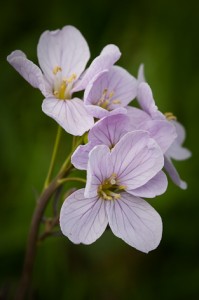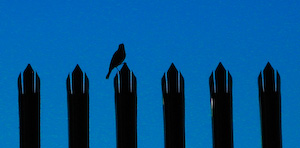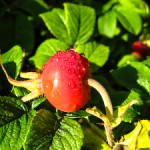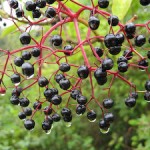Wow, what a busy week for nature this week. First of all the most obvious signs of Summer appeared this week with my first swallow on Tuesday and my first swift on Saturday. I saw a single swallow whilst driving back through the Northamptonshire countryside, but the swift was one of several in the sky above Daventry town centre.
 Whilst out photographing architecture on Tuesday I noticed that there were a lot more flowers in the hedgerows and churchyards. One of the most delicate of these is the Cuckoo Flower or Lady’s Smock, Cardamine Pratensis. This flower (a member of the brassica family) has delicate pale pink flowers on a spike. It grows best close to water, but can be found in churchyards and in ditches. The plant is edible and is widespread through the UK. It is also one of the flowers that is recorded as part of the Nature’s Calendar phenology study. Cuckoo flowers are food for the larvae of orange-tip butterflies, of which I saw a number on Tuesday, but they were more interested in the nettle flowers than the cuckoo flowers.
Whilst out photographing architecture on Tuesday I noticed that there were a lot more flowers in the hedgerows and churchyards. One of the most delicate of these is the Cuckoo Flower or Lady’s Smock, Cardamine Pratensis. This flower (a member of the brassica family) has delicate pale pink flowers on a spike. It grows best close to water, but can be found in churchyards and in ditches. The plant is edible and is widespread through the UK. It is also one of the flowers that is recorded as part of the Nature’s Calendar phenology study. Cuckoo flowers are food for the larvae of orange-tip butterflies, of which I saw a number on Tuesday, but they were more interested in the nettle flowers than the cuckoo flowers.
Other flowers that are out, although thought to be a little late this year are the bluebells. I went to photograph some on Tuesday at Everdon Stubbs and they were just starting to come out. There were also a few wood anenomes still flowering along with celandines and stitchwort. Also on the wing were brimstones, but I am still waiting to see my first speckled wood butterfly of the year – I did have a look along the old railway track on Friday, but there were none to be seen.
A trip to Badby Woods on Saturday was a different matter, the bluebells were much more in evidence, starting to give that hazy look when there are so many it is not possible to focus properly. The bluebells, as expected were attracting a large number of bees and hoverflies. I was hoping to hear a cuckoo in the woods, but was disappointed, perhaps it was drowned out by the racket made by chiffchaffs and great tits.
However, a very welcome sound heard as we were walking towards the woods was the wheezy song of a yellowhammer. I used to regularly hear these in the fields around Daventry, but since Lang Farm has been built I have to travel further into the countryside to hear their call.


